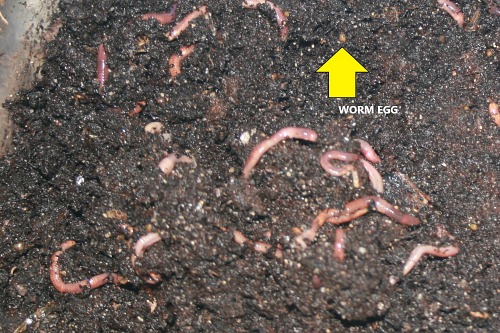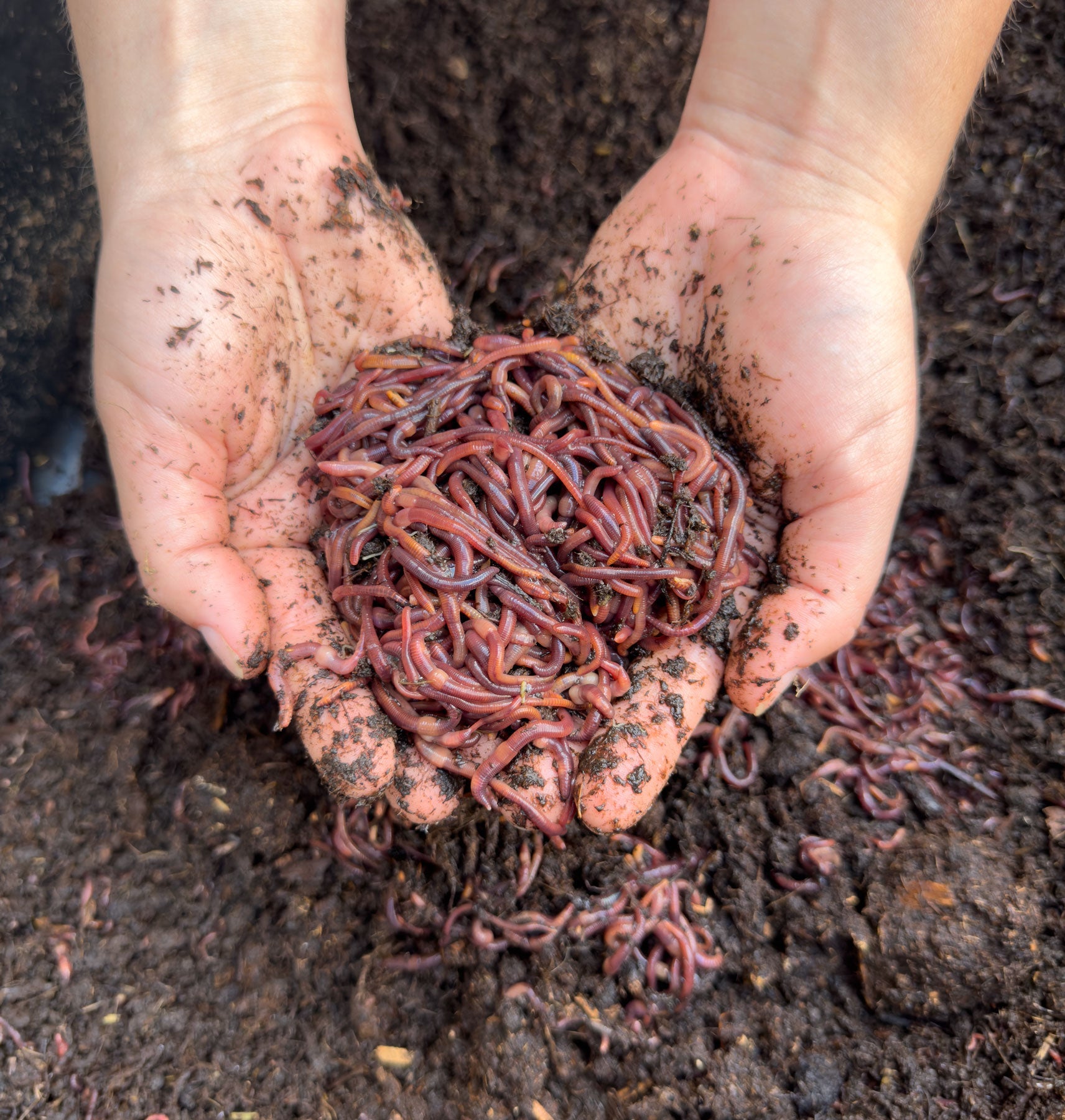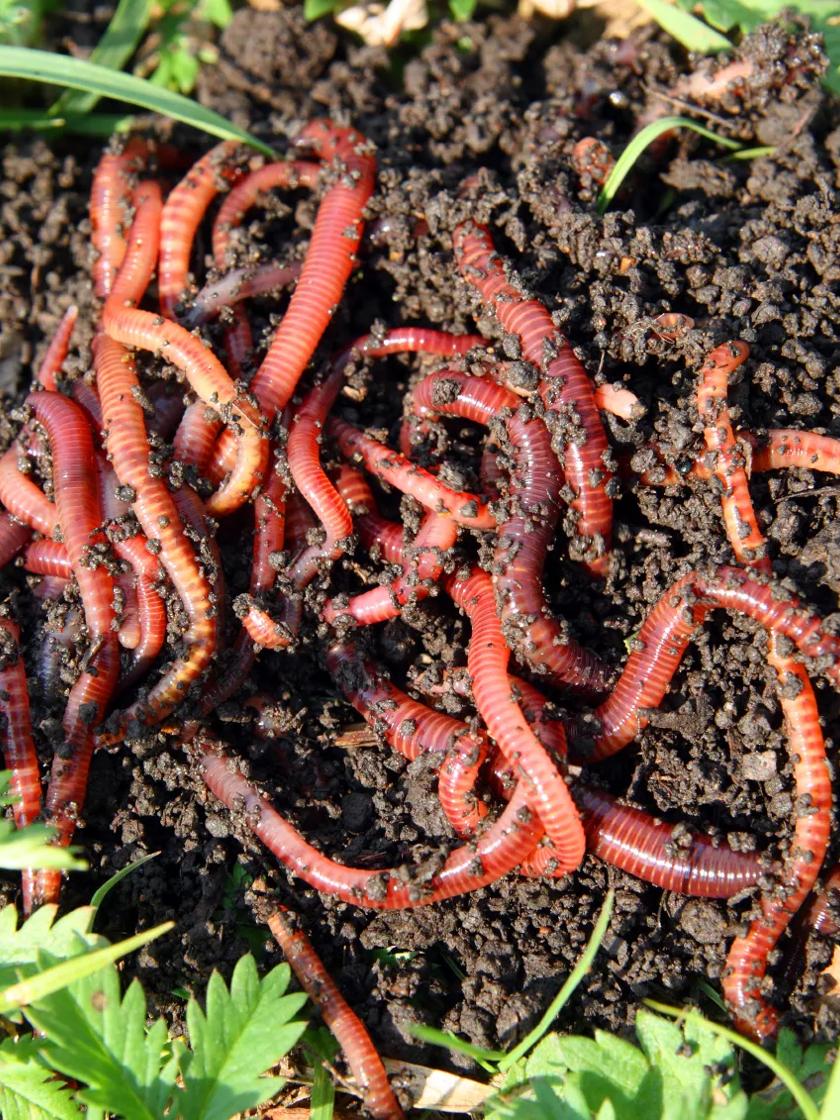Lake Hickory Bait: Quality Supplies for Every Type of Fishing
Unlock the Keys of Red Wigglers: Your Overview to Composting Success
The integration of red wigglers right into composting techniques offers a significant possibility for boosting dirt health and wellness and advertising sustainability. These microorganisms are not simply effective recyclers of natural waste; they provide a myriad of benefits that can transform garden management. Understanding their needs and behaviors is essential for enhancing their possibility, from establishing a proper worm bin to feeding them the best materials. As we explore the important parts of effective vermicomposting, one may ask yourself just how these tiny animals can cause a much more lively and effective yard ecological community.

What Are Red Wigglers?
(Red Wiggler Express)Red wigglers, medically called Eisenia fetida, are a species of earthworm primarily used in composting due to their impressive capability to decompose natural matter successfully. These worms are defined by their reddish-brown coloration and a fractional body, generally gauging between 3 to 4 inches in size. Unlike various other earthworm species, red wigglers prosper in rich, natural environments, making them suitable for vermicomposting systems.
Belonging To The United States And copyright, they are typically found in rotting leaves and compost heap, where they play a vital role in nutrient recycling. Their adjustment to living in a wet, aerobic atmosphere allows them to consume big amounts of organic waste, damaging it down into nutrient-rich castings that improve soil health and wellness.
Red wigglers duplicate rapidly, with a single worm capable of creating a number of cocoons each week, each having numerous hatchlings. Understanding the biology and behavior of red wigglers is vital for maximizing their capacity in composting applications.
Advantages of Utilizing Red Wigglers
Harnessing the power of red wigglers in composting provides various benefits that improve soil wellness and advertise lasting waste management. These amazing microorganisms effectively break down organic matter, changing cooking area scraps and yard waste into nutrient-rich vermicompost. This finished product is exceptionally beneficial for plant growth, as it boosts soil structure, raises moisture retention, and enhances nutrient accessibility.

(Red Wiggler Express)Additionally, the presence of red wigglers in your composting system can increase the composting procedure, producing high-quality garden compost in a fraction of the moment compared to traditional approaches. The castings produced by these worms are likewise brimming with beneficial microbes that even more improve the soil ecosystem.
Establishing Your Worm Bin
Developing an efficient worm container is a simple procedure that can significantly enhance your composting efforts. Worm bins can be made from plastic storage space bins, wooden boxes, or commercially available worm bins.
Following, prepare the bed linens product, which serves as the worms' environment. A mix of shredded paper, cardboard, and coconut coir functions well, giving a comfortable environment for the worms.

Feeding Your Red Wigglers
To ensure the health and wellness and efficiency of your red wigglers, it is vital to give them with a balanced diet that fulfills their nutritional needs. Red wigglers grow on a diverse array of natural materials, which not just supply required nutrients but additionally promote efficient composting.
Begin by incorporating cooking area scraps such as veggie peels, fruit cores, and coffee grounds. Stay clear of citrus fruits, onions, and garlic, as these can be harmful to worm health. Furthermore, introduce shredded paper, cardboard, and dry fallen leaves to produce a well-aerated setting.
Feeding frequency need to Continue be kept an eye on; typically, worms can eat half their body weight in food weekly. It is important to avoid overfeeding, as excess food can lead to undesirable odors and bring in insects. An excellent method is to include food in little amounts, enabling worms to process it prior to presenting much more.
Maintaining wetness levels is likewise essential; the bedding must be damp however not soaked. Last but not least, make sure to on a regular basis check the temperature level and pH degrees of the bin to make sure an optimum environment for your red wigglers, eventually boosting their composting efficiency.
Harvesting and Making Use Of Compost
An effective composting process with red wigglers culminates in the rich, dark garden compost called vermicompost, which can dramatically boost dirt wellness and plant development. Gathering this nutrient-dense material usually happens every three to 6 months, relying on the size of your system and the amount of raw material being refined.
To gather, gently separate the garden compost from the worms and any type of undecomposed materials. One effective approach includes moving the materials of the container away and adding fresh bed linen and food to the empty space, motivating the worms to migrate. After a few days, the compost can be accumulated from the opposite side.
It is necessary to utilize vermicompost appropriately to maximize its advantages. It can be utilized as a top clothing for garden beds, combined into potting dirt, or brewed into a nutrient-rich fluid fertilizer referred to as "worm tea." This application technique helps to provide important nutrients straight to plant roots, advertising healthier development. By incorporating vermicompost right into your gardening program, you not only recycle natural waste however additionally create a thriving ecological community that supports sustainable horticulture techniques.
Final Thought
In recap, red wigglers act as remarkable allies in composting efforts, changing natural waste into nutrient-rich vermicompost (Red Wiggler Express). Their distinct organic features and efficient waste processing abilities add considerably to lasting horticulture practices. By understanding the ideal problems for their environment, feeding requirements, and compost harvesting methods, garden enthusiasts can boost soil health and wellness and promote plant vigor. Welcoming vermicomposting not just lowers landfill waste but likewise promotes an extra eco responsible technique to horticulture and source management.